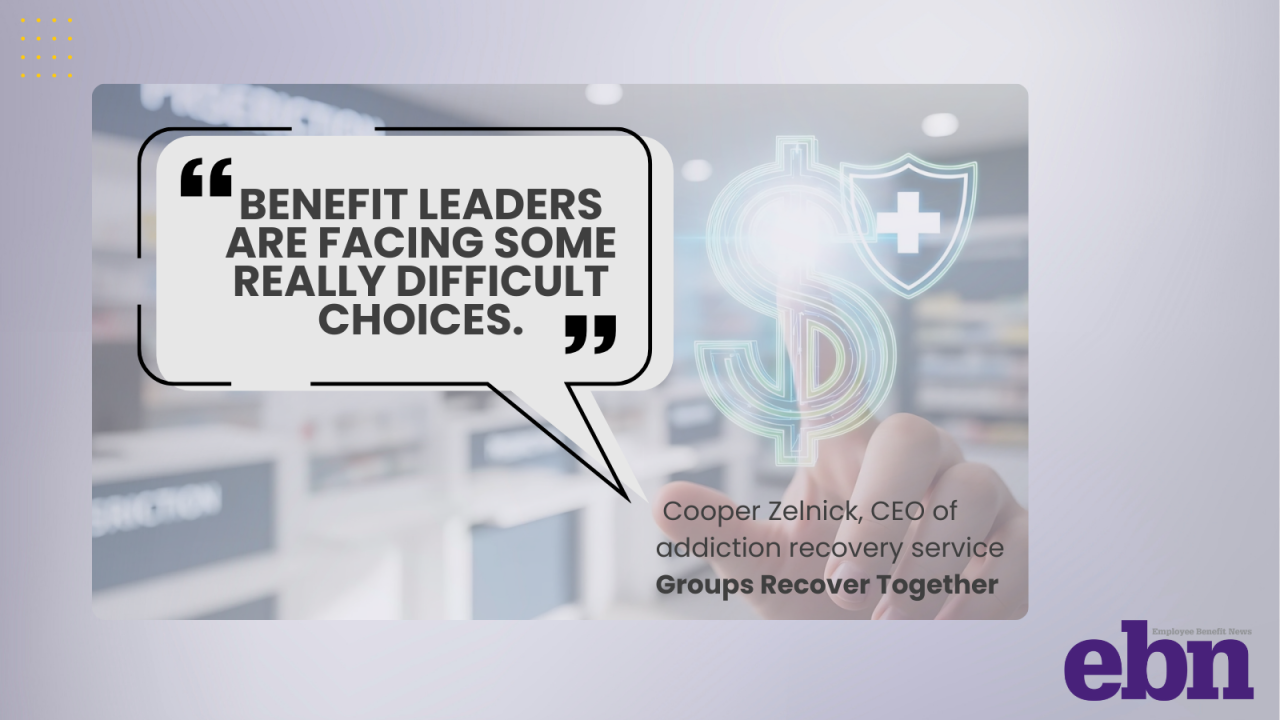For benefit leaders, finding enticing, affordable offerings is a constant challenge. With many flexible options and high employee demand,
A survey from education solution EdAssist by Bright Horizons found that 74% of employees are interested in further education and
Employer-sponsored education programs such as skills development, internal training, student loan repayment and tuition assistance are great ways to help
"Education benefits are unique in that they're a critical part of the solution for solving workforce challenges," says Diane Bartoli, SVP of EdAssist by Bright Horizons. "Benefit leaders can say, 'Hey, this is an opportunity for us not just to provide a great benefit, but also to help solve some of the more strategic and challenging people problems that the organization is facing'."
Read more:
Learning is more in demand than ever
Companies that offer learning opportunities to their workforce are seeing the short- and long-term value: EdAssist's research shows that over half of employees feel more productive at work, with higher percentages among Gen Z. Almost half of employees report feeling happier and more fulfilled, and 20% or more said they have received a promotion.
"We see the most progressive companies using these benefits as part of the recruiting process," Bartoli says. "The people who are going to choose to come work for you because you're going to invest in their education are looking for a much longer-term commitment in terms of investing time and energy."
Read more:
A company-wide effort
Pairing up with other departments — like learning and development — can foster company-wide buy-in, enabling benefit leaders to develop programs around the specific skills workers need, says Bartoli. She notes that the outcome is twofold: Not only are workers more successful in their current roles, but it creates a larger talent pool for internal promotions.
"We are able to arm a benefits person to have the conversation with the CFO or the CHRO about, ultimately, this is the cost of administrating the program, but here are all the proceeds," Bartoli says.
Management communication is also critical for engagement, and leaders at every level should be aware of what's available and promote it to their teams. Bartoli adds that promoting from within also ensures that employees are a good match for the company's culture — a gamble with someone hired from the outside.
Read more:
Integration tactics for the biggest impact
Not all education benefits are created equal. Deciding what kinds of offerings make the most sense, and then making them accessible, are key to engagement. Bartoli emphasizes the benefits of finding a strong vendor partner such as EdAssist by Bright Horizons, which works with employers to customize education programs and maximize employee usage.
"The largest part of your cost associated with this program is the actual tuition dollars," she says. "So are you choosing a provider that can help you get the biggest return associated with the tuition dollars you're spending? That's a provider that has unique relationships with schools and other education providers that can meet the needs of your organization at a cost that is attractive. We're spending more and more time helping benefits providers thread that needle."
Benefit leaders can eliminate barriers to education offerings by promoting them alongside other company benefits and policies. Bartoli points to things like schedule flexibility, transportation assistance and back-up child care, and reminds leaders that it helps to make programs available online and asynchronous so they fit into more employees' schedules. If financial challenges are an issue, providing assistance plus reminding employees about existing financial wellness offerings can ease the strain.
"Are you thinking about how your benefits actually work together to help achieve the goals you have?" Bartoli asks. "It's not always just, 'Can we give employees more paid time at work to do it.' That's one option, but it's not necessarily the only way to achieve improving access."
By answering the demand for education opportunities with a holistic approach, benefit leaders can achieve a great outcome not just for employees, but for the business as well.
"They're eager to learn," Bartoli says. "This is a part of the calculus for young workers, in particular, in a way that we've not seen before."
Read more about implementing education offerings:
Benefits that educate and accommodate neurodivergent talent InStride study finds older employees want continuing education How young is too young to learn about AI? Why schools are falling behind in tech education 3 reasons to make financial education your business' side-hustle Thousands of employees are going to college for free at this health tech company






